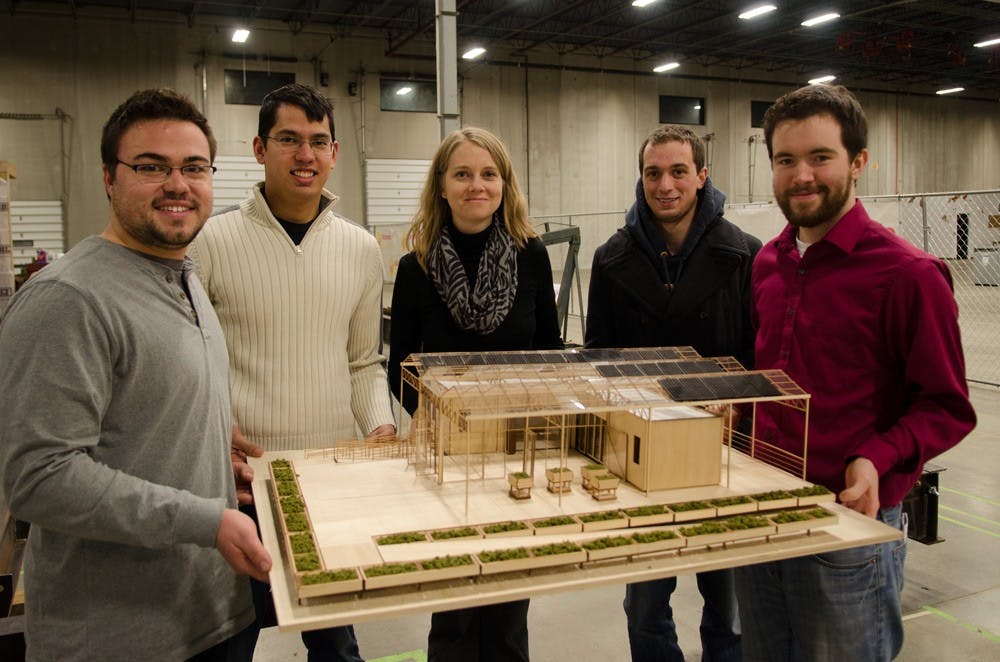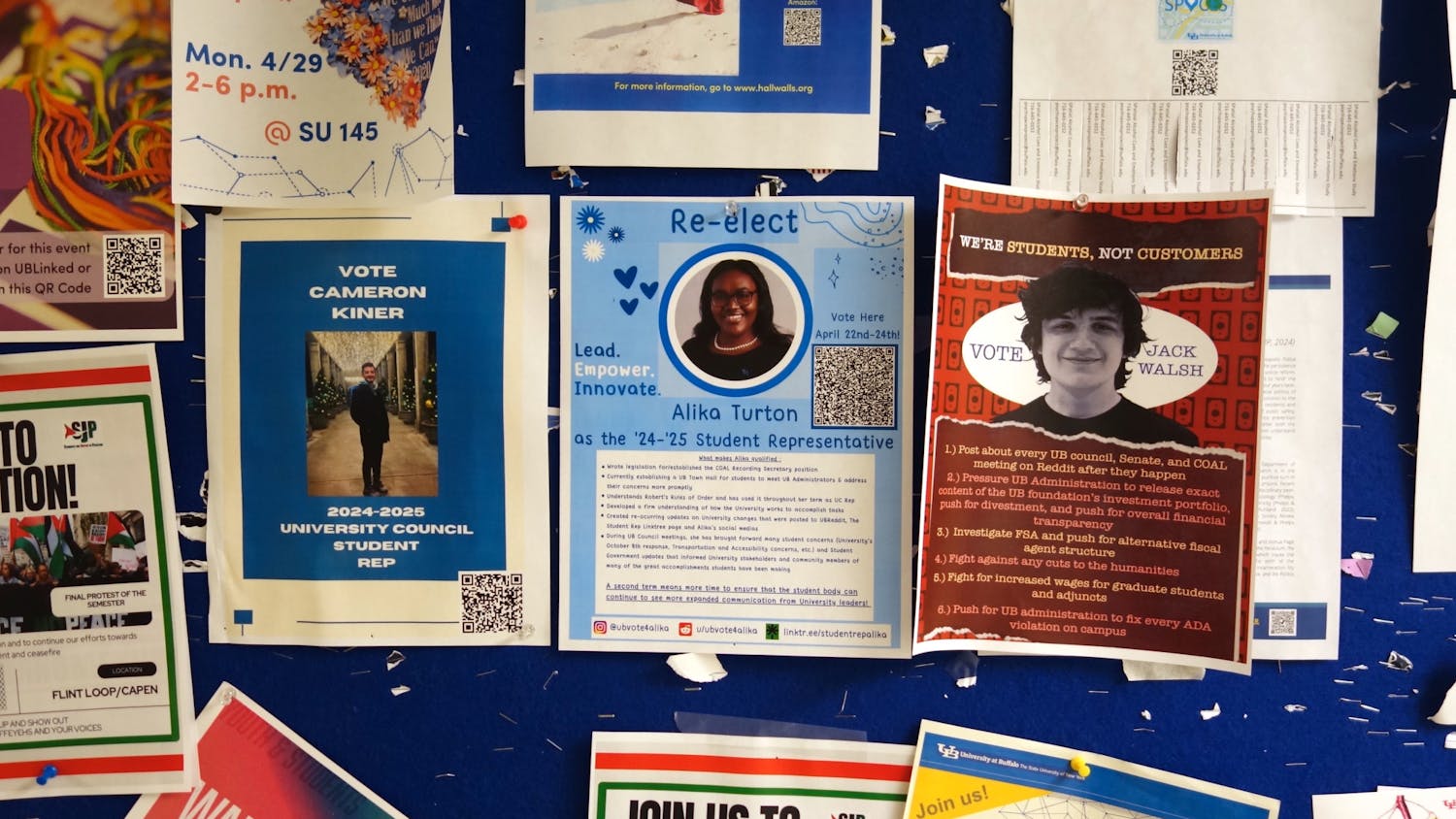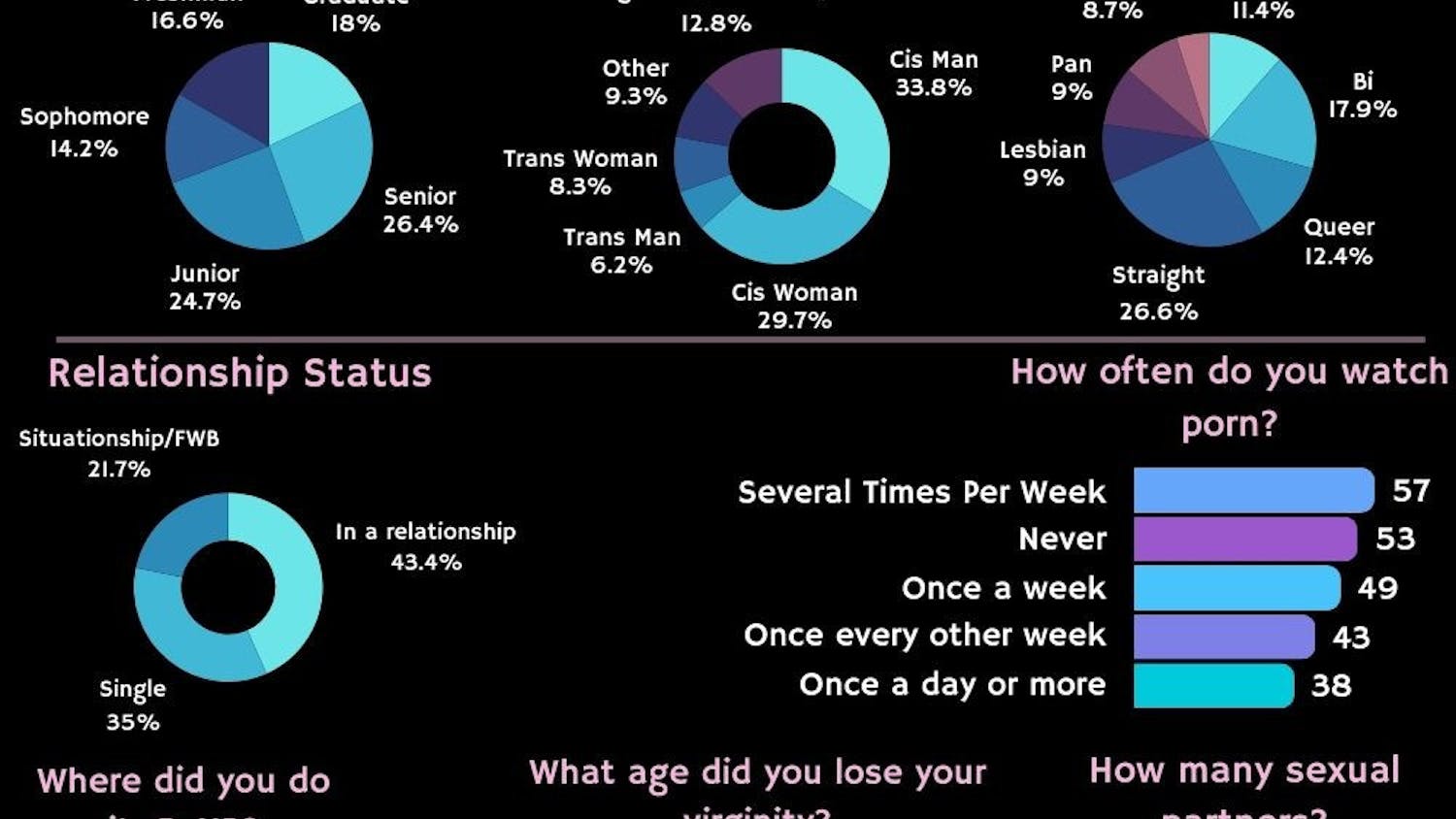The City of Buffalo is known for subzero temperatures and snow accumulations that have made it the second snowiest city in the United States this winter.
“One thing that we’re not very well known for though, is how beautiful our summers are,” said Christopher Osterhoudt, a second-year graduate student in UB’s School of Architecture. “How do we take advantage of all four seasons that are so prominent in Buffalo [to] design a space that operates based on those seasons?”
UB students think the answer might be GRoW Home.
About 30 students from various departments across UB – including management, engineering, arts and sciences and architecture disciplines – are working together to build a modular home that will embrace the urban farming culture of Buffalo with its four seasons. The home is entitled GRoW Home and stands for “Garden, Relax or Work.” It is designed to maintain comfortable living throughout the seasons and to provide food growth in all four seasons.
“All of our design decisions revolve around a specific client – in our case Buffalo is home to a large number of urban farming and gardening initiatives,” said Osterhoudt, a project manager on GRoW Home. “Taking that to heart, we’re specifying that is going to our client – an urban farming couple.”
The project will be entered in this year’s Solar Decathlon, a biennial academic decathlon hosted by the U.S. Department of Energy in Irvine, California from Oct. 8-18. UB is one of 20 intercollegiate universities chosen from around the world to participate in the event.
About 98 students have contributed to the planning and development of GRoW Home over the past two years.
The 770-square-foot house, which began construction on Feb. 17 at the Riverview Solar Technology Park in North Tonawanda will be composed of three main sections: the GRoWlarium, a work module and a relax module. The GRoWlarium is a 338-square-foot section that combines a greenhouse and a solarium and can be opened up or sealed from the rest of the house to allow for year-round food production.
The living space is comprised of two modular units for work and relaxation purposes. The space is enclosed in a thick thermal shell and requires no energy consumption.
One of the most important aspects of the competition, according to Osterhoudt, is that students who participate in the decathlon experience training that prepare them for a career in the clean-energy workforce.
“Very rarely do students in school get the opportunity to actually build a real thing and [have it] marketed to the public,” Osterhoudt said. “If I were not doing this project I would be sitting in a classroom drawing a billion dollar library that would never get built; this [project] is a completely different ball game.”
Since 2002, more than 29,000 students from over 100 teams from 33 countries have participated in the Solar Decathlon. The purpose of the competition is to educate students and the public about the environmental benefits and money-saving opportunities that come with using clean-energy products, according to the decathlon’s website.
Martha Bohm, assistant professor in the Department of Architecture and the project’s faculty adviser, said the decathlon helps train students in skills they will need in the workforce post-graduation.
“[The Solar Decathlon] takes learning to another level,” Bohm said. “Students learn skills that are not typically taught in the classroom … It’s important for [students] to get those skills and go on to turn those into real life skills that they’re using in their jobs.”
EunJin Shin, a junior civil engineering major who is working on the home, said she thinks constructing the home and the decathlon will give her experience in an industry she wants to go in after graduation.
“I’ve learned a lot of communication skills…and improved my leadership skills…but the biggest benefit is being able to expose myself to the real industry,” Shin said. “In the Solar Decathlon doing a good job is expected, so I push my limits to do a better job in terms of improving and developing myself.”
Once the home has finished construction in Buffalo, it will be taken to California for the competition, where the students will have 10 days to reassemble it. The team is currently raising funds to send two groups of students to the competition.
A crowd-funding campaign, which ended on Monday, raised $29,277 collectively from close to 250 donors. Additional funding for the design and construction of the house comes from LPCiminelli, NYSERDA, Montante Solar, Watts Architecture & Engineering, Thermal Foams, CannonDesign and LaBella Associates.
After the decathlon, the house will return to Buffalo and become an energy education center for the community.
Jose Escobar is a news contributing writer and can be contacted at news@ubspectrum.com





